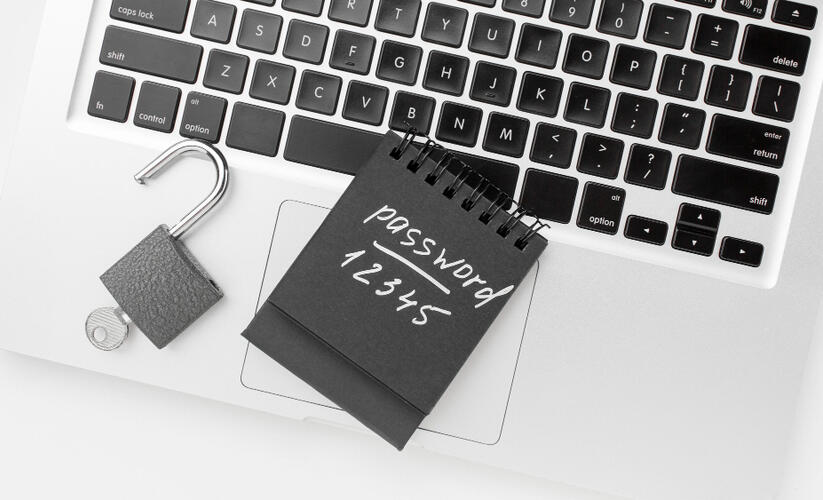Fortifying Your Digital Defense: The Power of Two-Factor Authentication

In today's online landscape, managing numerous accounts across various platforms is a constant reality. Banking portals, social media profiles, email services, and online retailers – the list grows ever longer. Amidst this abundance, the allure of simplifying login procedures with a single password for everything can be strong. However, this seemingly convenient practice harbors a significant security vulnerability!
The Domino Effect of Password Reuse: A Single Point of Failure
Imagine your password as a master key. It grants access to the treasure trove of your online accounts. If this key unlocks every door, a hacker only needs to acquire it once to gain complete control of your digital life. This scenario, unfortunately, becomes a harsh reality with data breaches. Hackers leverage stolen login credentials (username and password combinations) from compromised websites and attempt them on other platforms in a tactic known as credential stuffing. With a single, reused password, you've unwittingly provided them the key to unlock a vast network of accounts.
The Looming Threat of Credential Stuffing
Credential stuffing presents a critical threat due to the prevalence of data breaches. News headlines routinely report on security incidents impacting companies, potentially exposing millions of user credentials. These stolen credentials are often readily available for purchase on the dark web, empowering hackers with automated tools to attempt logins across a multitude of websites. If your reused password falls into the wrong hands, you become a prime target for a cyberattack.
Building a Strong Defense
So, what can you do to protect yourself? The answer is simple: use unique, strong passwords for every single account. This creates individual barriers that hackers have to overcome for each account. Here are some tips for creating strong passwords:
- Length is Key: Aim for passwords that are at least 8 to 16 characters long.
- Mix it Up: Combine uppercase and lowercase letters, numbers, and symbols.
- Avoid the Obvious: Don't use personal information like birthdays or pet names, and steer clear of dictionary words.
- Embrace the Random: Password managers can generate strong, random passwords for you and securely store them.
Building a Robust Defense: Two-Factor Authentication as Your Ally
So, how can you fortify your online defenses? The answer lies in a powerful security measure: Two-factor authentication (2FA). 2FA adds an extra layer of verification beyond just a password. When logging in to a 2FA-enabled account, you'll be prompted for a secondary verification code after entering your password. This code can be delivered via SMS, generated by an authenticator app on your smartphone, or even sent through a physical security key.
Here's How We Can Help:
We understand the complexities of managing multiple accounts and robust passwords. Our team can guide you through the process of enabling 2FA on your critical accounts. We can also recommend and assist with setting up password management tools to simplify strong password creation and storage.
By implementing 2FA and adopting strong password practices, you're taking a proactive stance towards safeguarding your online identity. Remember, a single compromised account with a reused password can wreak havoc. Don't let your digital life become an easy target – embrace 2FA and create unique, strong passwords today!
- Stop the Fight! SEO and Social Media: A Powerful Partnership for Website Growth
- The Click That Changed Everything: When CAPTCHA Turns Corrupt
- iMessage Scams: How a Simple Reply Can Put You at Risk
- Chrome Users: Are Your Extensions a Security Risk?
- Don't Let Your IT Budget Go to Waste: A Year-End Opportunity
- Your Digital Footprint: How Your Online Activity is Tracked and Monetized (and What You Can Do About It)




